Roman shades come in all manner of styles and fabrics. Roman shades remain flat against the window and straight down when drawn closed. When raised, they form soft pleats that stack up neatly at the top of the window.
Residential Window Attachment Types
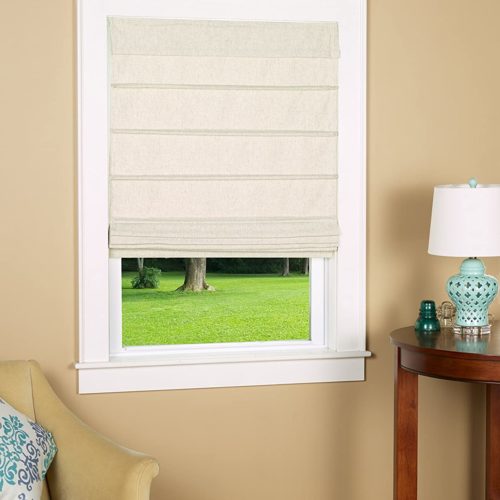
Roman Shades
Key Benefits
- Wide range of aesthetic options
- Energy savings
- Ease of operation
- Increase privacy
- Control daylight and glare
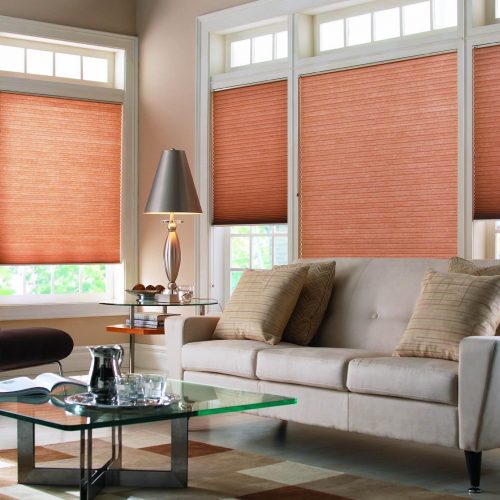
Cellular Shades
Cellular Shades are made of pleated fabric that is folded to create “cells” and can be raised and lowered. The closed cells of these shades trap air and heat that can enhance insulation at the window. Available in single-, double- and cell-within-a-cell formats, cellular shades fold up like an accordion to control daylight, filter glare, and offer privacy.
While cellular shades deliver all the benefits of conventional shades and blinds, they offer better thermal performance. Cellular shades provide extra insulation by trapping air within each cell, as well as between the shade or blind and the window, which is particularly beneficial in colder climates.
Cellular shade products that are automated may enhance energy saving potential and increase occupancy comfort.
Key Benefits
- Increase privacy
- Improve comfort
- Reduce night time heat loss through windows
- Minimize cold drafts near windows
- Reduce unwanted solar heat gain through windows
- Control daylight and glare
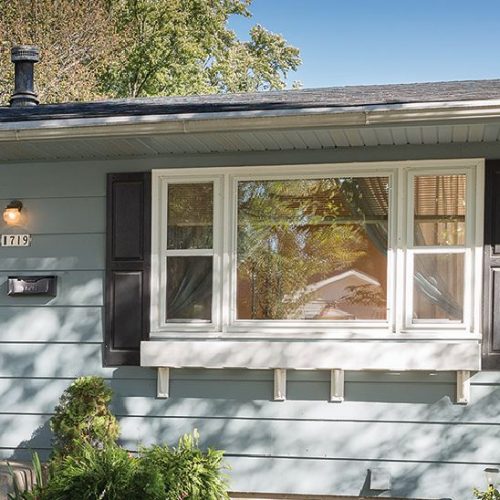
Storm Windows
Storm windows are exterior window attachments that are added to an existing window to protect it from weather and can also improve energy performance.
There are three basic types of exterior storm windows: triple-track (two operable glass panels and an operable screen), double-track (an operable lower panel and an operable screen) and fixed (one non-operable glass panel). Most storm windows are aluminum-framed due to the durability of this material, but are also available in wood and vinyl.
High-performance, low-emissivity (low-e) exterior storm windows often have better seal, smoother long-term operation and offer significantly better energy performance since they increase thermal insulation, reducing heat loss from your home.
Key Benefits
- Significantly increase air tightness/insulation
- Protect existing windows
- Block heat from entering a room
- Improve comfort
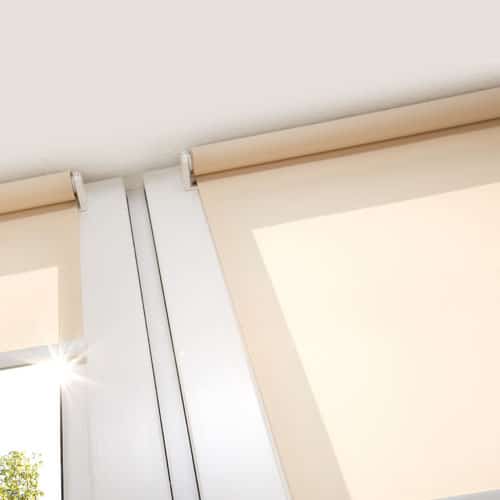
Roller Shades
Roller shades (also called roller-down shades or roller blinds) fit inside the window casing, next to the window sash, and are available in a wide variety of fabrics and weaves. They effectively reduce solar heat gain, darken rooms, offer privacy, and enhance visual comfort by filtering sunlight to reduce eye strain caused by reflections and glare. Automated roller shade systems have been shown to block solar heat gain effectively and reduce HVAC cooling loads.
Key Benefits
- Low-cost
- Increase privacy
- Reduce unwanted solar heat gain through windows
- Control daylight and glare
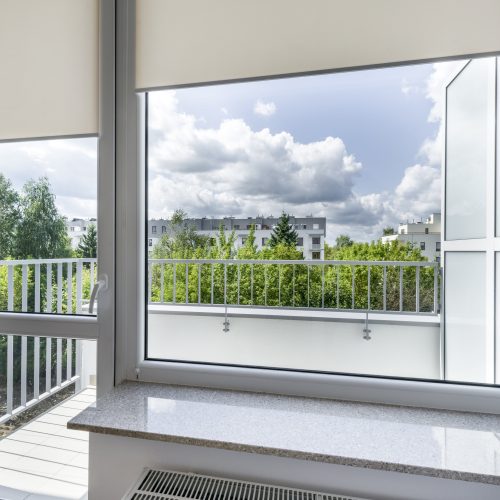
Solar Screens
Solar screens can be either fixed in place or operable, and can be installed on either the exterior or interior of your window. Solar screens are great for reducing solar heat gain, UV damage, and glare.
Key Benefits
- Provides economical solution for reducing unwanted solar heat gain through windows
- Reduce glare
- Provide excellent UV protection
- Easy to adjust
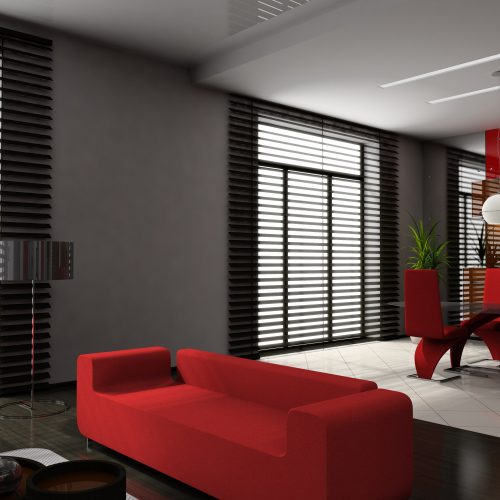
Blinds
Blinds feature stacked slats that can be both tilted and raised/lowered.
Horizontal blinds have slats or louvers of metal, plastic, or wood, typically connected with cloth tape or with cords that allow them to be tilted as well as raised and lowered. These types of blinds are commonly known as venetian blinds.
Vertical blinds are also available, and are commonly used on terrace or sliding-glass doors. They open and close with pull cords, much like drapes.
Key Benefits
- Low-cost
- Improve comfort
- Reduce unwanted solar heat gain through windows
- Increase privacy
- Can be useful on any window type
- Control daylight and glare
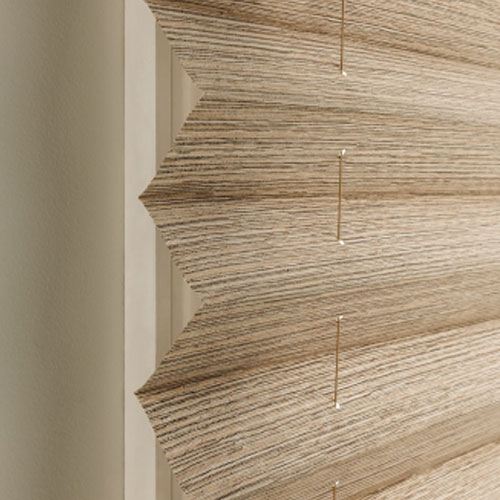
Pleated Shades
Pleated shades are made of an accordion-like folded fabrics, and come in an extensive range of fabric selections.
Key Benefits
- Easy to install
- Low-cost
- Widely available
- Good thermal control

Awnings
Fabric awnings are an exterior shade that projects out over the window to block the sun while allowing view and movement below the awning. They shade windows from the sun’s heat, glare, and damaging ultraviolet (UV) rays. Awnings can also shade outdoor living spaces and can be fixed or retractable.
Window awnings can reduce solar heat gain in the summer and can be rolled up in the winter to let the sun warm the house. Many of today’s awnings can also be motorized for easy operation.
Key Benefits
- Reduce unwanted solar heat gain through windows
- Reduce glare
- Improve thermal and visual comfort
- Reduce UV damage to home interiors
- Wide variety of colors, materials, and configurations available
- Extends the useable outdoor living area

Automation
Automation is an additional feature which can be used to program window attachments to open and close throughout the day for optimal comfort and energy savings. A variety of product types such as shades, screens, draperies, awnings, and shutters can be motorized, automated, and integrated with smart home technologies or energy management systems in residential or commercial settings.
Automation is a great choice for hard-to-reach windows and homes with small children (cordless for safety), and when automated they can be scheduled to operate while you’re home or away for added energy savings, privacy, and security.
Shades can be scheduled and accessed through manufacturers’ apps or integrate with smart home technologies, including Amazon Alexa, IFTTT, Nest thermostat, Google Assistant, Apple HomeKit, Control4, and others. They can be programmed to operate automatically based on the weather, temperature, sunrise/sunset, and can be personalized to your schedule.
Key Benefits
- Energy savings
- Improved comfort
- Ease of operation, convenience
- Continued optimal operation during absence (security)
- Safety (cordless)
